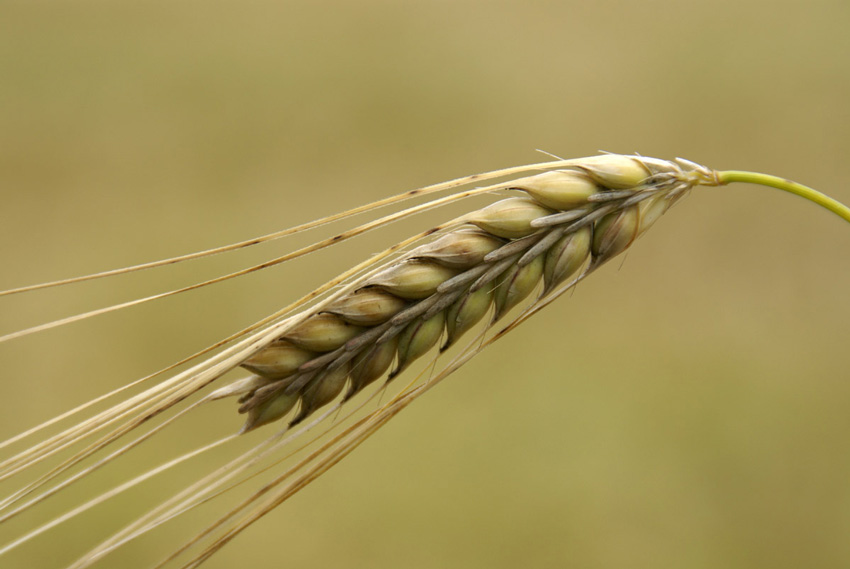
Assembling Complex Plant Genomes
New, rapid, and low-cost approach can be applied to many species.

New, rapid, and low-cost approach can be applied to many species.

Modeling experiments assess impacts of key melting behavior.

Opportunities emerge for using microbes to convert the gas to biofuels and other products.
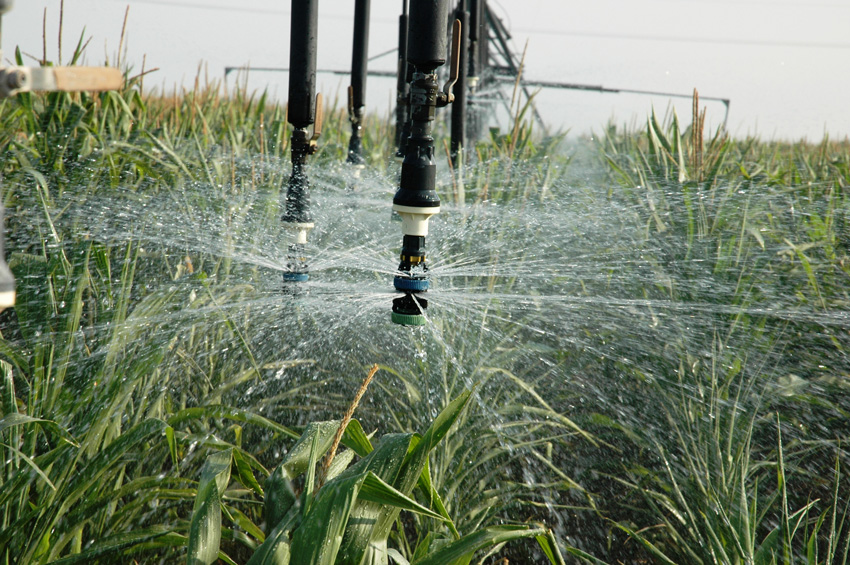
Model scenarios predict increased scarcity in the Middle East and India.

Strains produce “drop-in” fuels and chemicals derived from fatty acids.
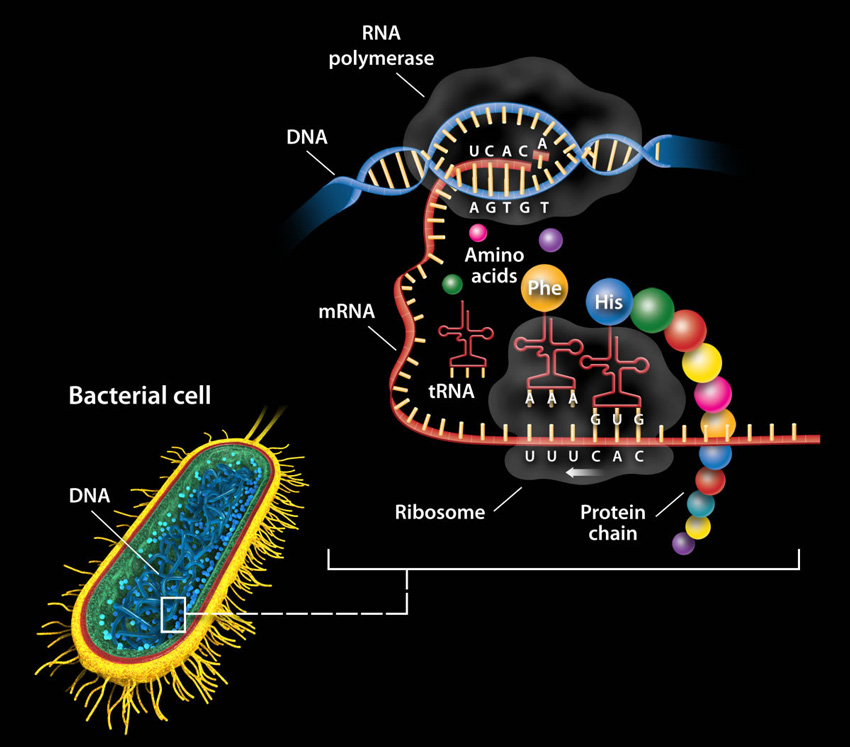
Altered stop codon allows E. coli strain to incorporate nonstandard amino acids.

New models show reduction in bias associated with too many highly reflective clouds.
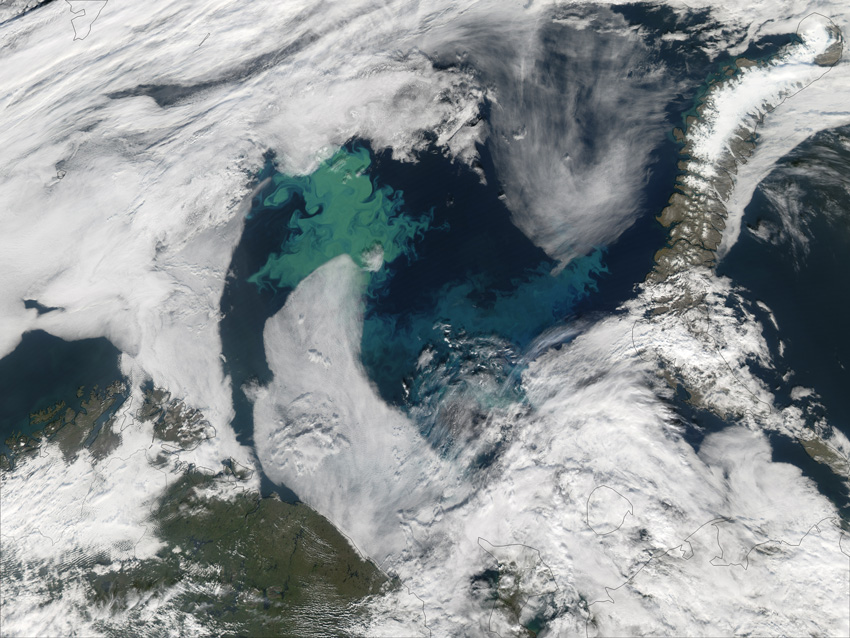
Genome variability helps explain why Emiliania huxleyi canflourish in diverse ocean habitats.
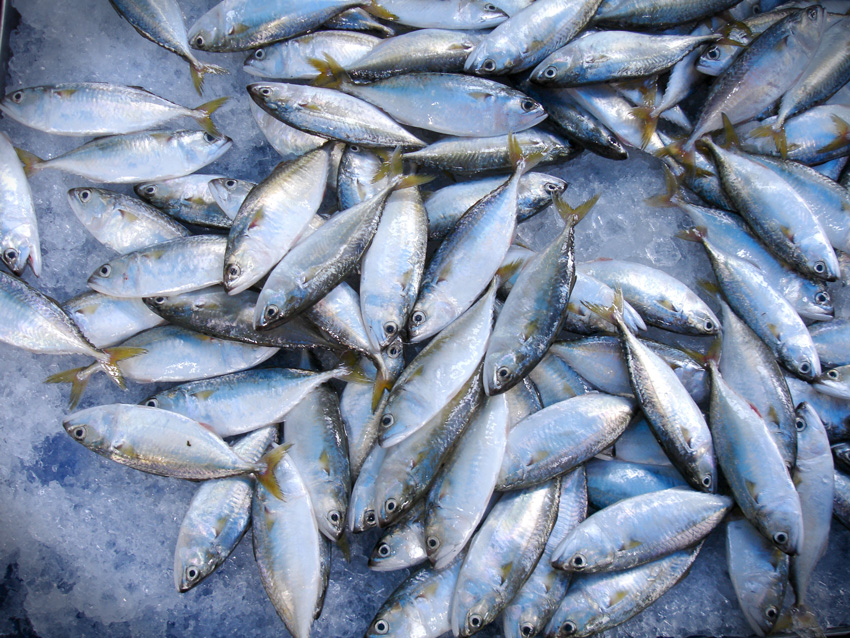
New insights could assist in cleanup of contaminated environments.

Combining the strengths of existing techniques, new algorithm could help improve climate models.

Cloud, radiation, and drizzle measurements lead to better simulations.
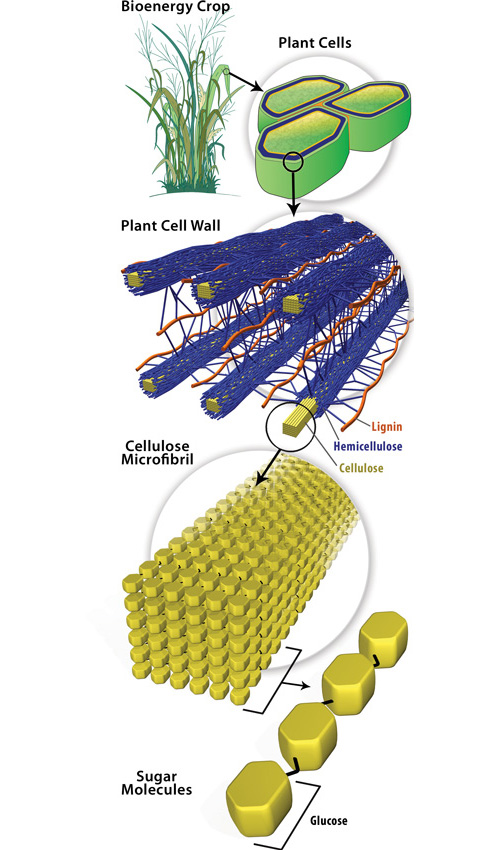
Simulations and neutron diffraction reveal how amines disrupt cellulose’s structure.
Signup for the Office of Science’s GovDelivery email service, and check the box for the Biological and Environmental Research Program in your subscriber preferences.
Subscribe